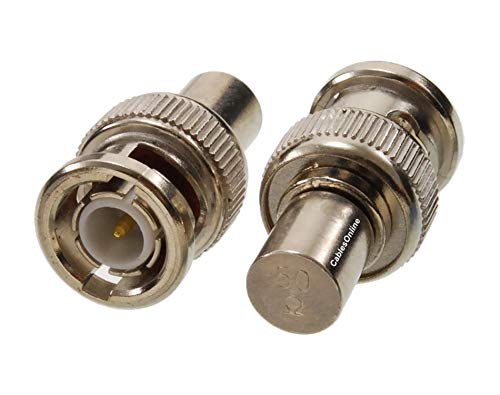warpie
Well-known member
- Joined
- Feb 7, 2009
- Messages
- 1,603
I've been watching some videos where 50 Ohm BNC terminators are used and I noticed that there are two different types. One is connected in parallel to the probe (with a T style BNC) and another that is connected in series to the probe.
What is the difference and when each type should be used?
What is the difference and when each type should be used?



































